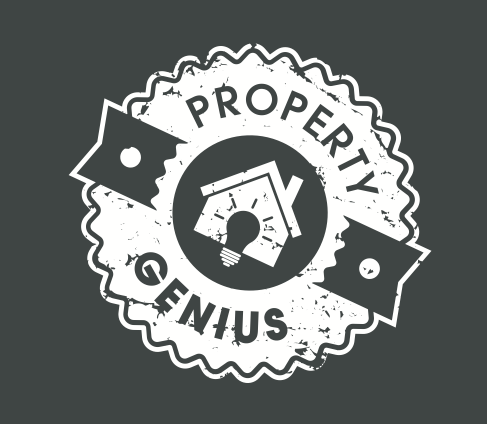Understanding Different Payment Methods
Navigating the world of payment methods can be confusing, especially when you're trying to figure out the best way to pay your rent or other charges. Here's a breakdown of the different payment methods and how they work:
Standing Orders
What it is: A standing order is an instruction you give to your bank to pay a fixed amount to another account regularly.
How it works: You set it up once, and the payments continue until you cancel them.
Pros: You have control over the payments, and it's easy to set up.
Cons: You need to update it manually if the rent changes.
Suitable for: Monthly rent payments.
Direct Debit
What it is: A Direct Debit allows a company to take money from your account.
How it works: The company requests the funds from your bank, and the amount can vary.
Pros: Flexible and automatically adjusts if the amount changes.
Cons: You give control to the company.
Note: We do not have Direct Debit facilities at Property Genius.
Card Payments
What it is: Payment using a debit or credit card.
How it works: One-time payment processed immediately.
Pros: Quick and convenient.
Cons: Not suitable for large amounts.
Limitations: At Property Genius, card payments are accepted for small charges but not for anything over £100.
Bank Transfer
What it is: A direct transfer of funds from one bank account to another.
How it works: You initiate the transfer manually each time or set it up as a recurring payment.
Pros: You have control, and it's secure.
Cons: Takes time to process.
Suitable for: Both one-time and recurring payments.
Key Takeaways
Standing Orders are best for fixed, regular payments like rent.
Direct Debits are more flexible but give control to the company.
Card payments are quick but have limitations on the amount.
Bank Transfers are versatile and secure but require manual setup.
If you have any questions or need further clarification, feel free to contact us.
